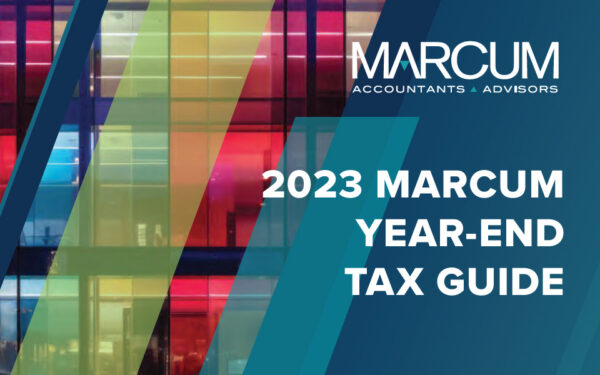Lease Accounting Standards Updates – What You Need to Know for 2019
If you own or operate a U.S.-based business and lease anything tied to it – from real estate and vehicles to office equipment and more – you may be aware of some requirements of financial accounting and reporting for lessees and lessors.
What you may not know – but you should – is that on Feb. 25, 2016, the Financial Accounting Standards Board (FASB) published Accounting Standards Update (ASU) 2016-02, Leases, (ASC 842), the long-awaited new standard on lease accounting.
The new lease standards, ASC 842, require significant changes in the accounting treatment of leases under U.S. generally accepted accounting principles (GAAP). Entities that hold numerous equipment and real estate leases – particularly those with operating leases – will be most affected by this new guidance. So, what should your company do to prepare, and why should it be prepared?
Let’s start by reviewing the new lease standards under ASC 842.
In the past, lease guidance first developed in 1976 was criticized for failing to meet financial statement users’ needs. Critics contended that it didn’t always provide a faithful representation of leasing transactions—nor did it recognize assets and liabilities on the balance sheet arising from long-term operating leases.
Enter ASC 842, which supersedes FASB ASC 840 and applies only to the leasing of property, plant and equipment. The intention of ASC 842 is to address off-balance-sheet financing concerns related to lessees’ operating leases. Its overall purpose is three-fold:
- Increase transparency and comparability among organizations by recognizing the assets and liabilities that arise from nearly all lease transactions;
- Provide lenders and other users of financial statements a more useful picture of the long-term financial obligations of companies; and
- Eliminate off-balance-sheet accounting by providing investors and other users of financial statements a better representation of an organization’s leasing activities.
Before the update and creation of ASC 842, GAAP required only capital leases to be recognized on the balance sheet. With this new guidance, lessees will be required to recognize the following for both finance and operating leases exceeding 12 months:
- A lease liability, which is a lessee’s obligation to make lease payments arising from a lease, measured on a discounted basis; and
- A right-of-use asset, which represents the lessee’s right to use or control the use of a specified asset for the lease term.
Further, off-balance-sheet leases will have to be brought onto the company’s books, and that will almost certainly require companies to update their lease systems and processes, as well as their internal controls. Under the new standard, lessor accounting will remain similar to current GAAP, though the new standard contains language that better aligns lessor accounting with the lessee accounting model.
What are the Effective Dates for the New Standards?
For public companies, the effective date is fiscal years beginning after Dec. 15, 2018 and interim periods within those fiscal years. For other organizations, the effective date is fiscal years beginning after Dec. 15, 2019, and interim periods within fiscal years beginning after Dec. 15, 2020. Early adoption is also permitted.
Additionally, adding lease-related assets and liabilities to the balance sheet may also affect compliance with contractual agreements and loan covenants.
Do you have questions about lease accounting standards updates, or other accounting issues? Contact your Marcum representative at (855) MARCUM1.



















